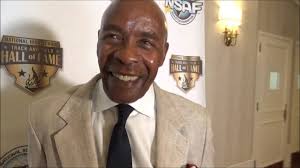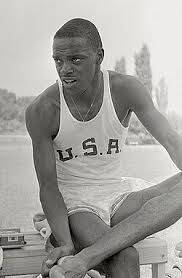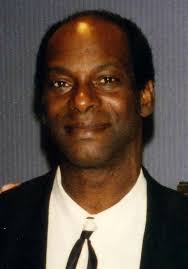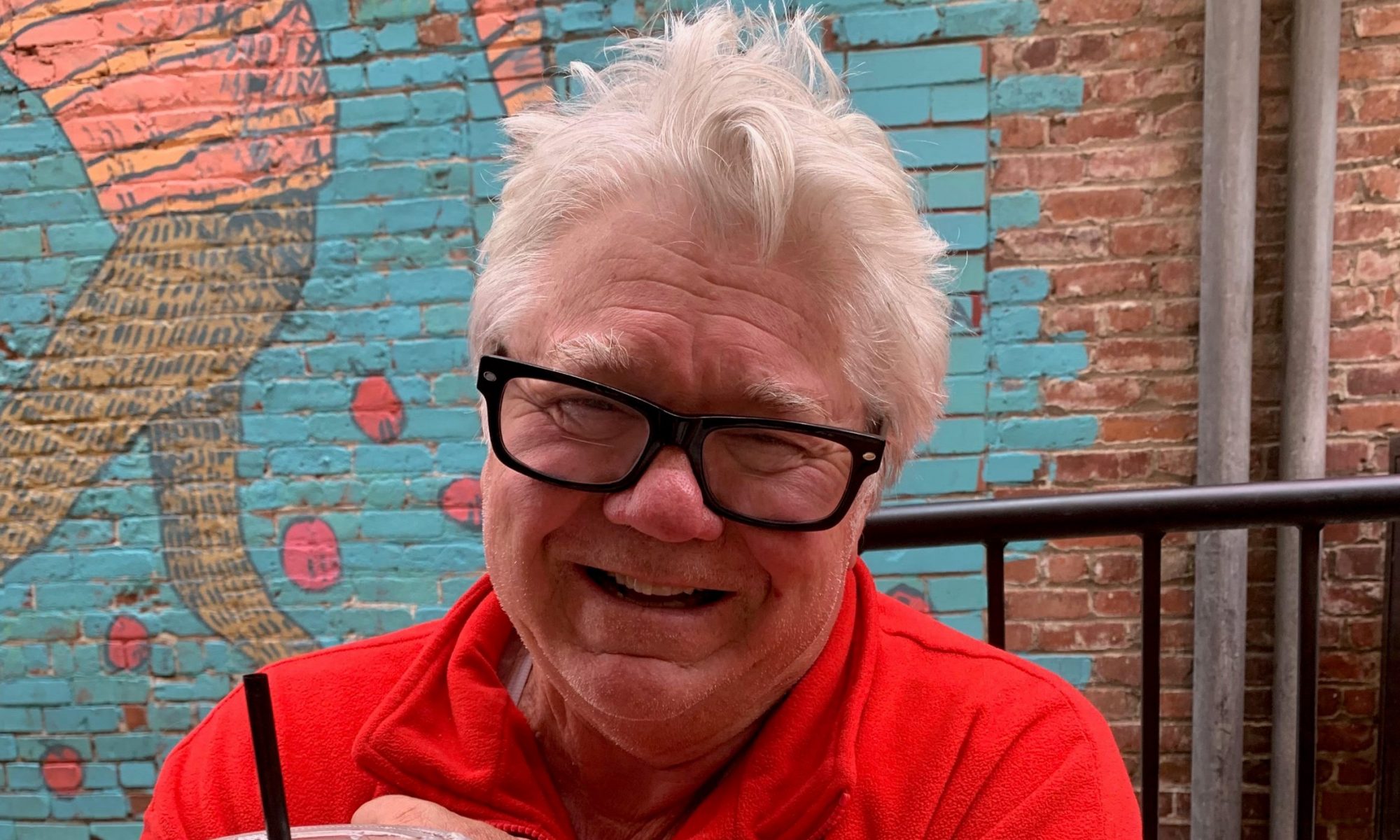A Redlands Connection is a concoction of sports memories emanating from a city that once numbered less than 20,000 people. From pro football’s Super Bowl to baseball’s World Series, from dynamic soccer’s World Cup to golf’s and tennis’ U.S. Open, major auto racing, plus NCAA Final Four connections, Tour de France cycling, more major tennis like Wimbledon, tiny connections to that NBA and a little NHL, major college football, Kentucky Derby, aquatics and Olympic Games, that sparkling little city sits around halfway between Los Angeles and Palm Springs on Interstate 10. An Olympic-bound hopeful hit plenty of lengthy jumps during his competitive years, including Redlands. – Obrey Brown
THERE WERE TOP-LEVEL long jumpers lining up around University of Redlands record-holder, Jerry Proctor, who cleared plenty of lengthy leaps during his great years from late 1960s and beyond.
No, those top-level jumpers – Olympic gold medalists Bob Beamon, Ralph Boston and Arnie Robertson, plus others – never showed up at Redlands to battle against Proctor.
Those duels were in Mexico City, Hayward, Ore., Los Angeles, Walnut, Calif., among plenty of other spots.
Yes, Proctor was a high school champion, plus a major collegiate winner, not to mention various invitationals. A pair of Olympic hopes, however, came up short.
Proctor, Redlands’ eventual star, hit 25-feet, 9 ½ inches – good for third place in Walnut, hosting its Mt. SAC Invitational. Beamon? He cleared a winning distance, 26-1 ¾.
“We were all like children the way he jumped – at least I was,” Proctor said over a decade later.
Decades? In the 1960s, that 17-year-old Proctor of Pasadena Muir High had a long jump of 25 feet, 10 1/2 inches at the Los Angeles Invitational indoor track meet.

Proctor? “I had a 25-foot jump. That was in 10th grade,” he told me.
His lifetime best? He hit 26-11 for Muir at a prep meet. Wow!
There was no high school division, Proctor let me know, at those L.A. Invitationals. If so, Proctor would have easily jumped his way to high school titles. Instead, prep stars dropped open divisions to world class leapers.
Proctor found himself competing against Boston, that 1960 Rome’s Olympic gold medalist, taking silver at Tokyo in 1964.
At L.A. in 1967, Boston topped America’s long jumpers, including Proctor, hitting 26-3 3/4.
Thus, Proctor’s great leaps were second best.
Wearing Muir colors, he was California champion that year, 1967, his 25-4 ½ over a foot ahead of future NFL receiver Mel Gray.
Although he did not win L.A. indoors, his feat was impressive enough that Proctor was voted “Athlete of the Meet” by writers.
“Should have had a high division for us,” Muir’s track star told me quietly.
It is somewhat ironic that Proctor cites Boston’s Olympic performances as his impetus to become a long jumper.
Boston, incidentally, was a Georgia athlete.
Beamon came from New York.
Proctor, that Pasadena standout, noted Boston.
“I remember him really well,” Jerry told me. “Saw him on TV, so I wanted to long jump. Honestly, I really didn’t know who he was or much about him. There weren’t that many people doing it.”
Long jump, he said, “It seemed like a good event.”
It was Proctor’s great event, this Pasadena celebrity who could sprint and hurdle as well.
After that L.A. meet, Boston told media that Proctor was “destined for a fantastic future.”

It sure looked that way.
Proctor eventually worked for L.A. County for nearly 25 years, reviewed Medi-Cal cases. That came after his long jumping competitive years.
“We were setting records, not breaking them,” said Proctor, 33 when we chatted.
During that moment, I was on a story about another Redlands collegiate star, female speedster Margo Edwards who, like Proctor, lost her mother — early 1980s.
Proctor spoke about those 1960s, saying, “It was a different time. There was no money in it. We just wanted to be the best. We wanted to see how far a man can go. Look at all the standards that came out of that time: Bob Beamon, (miler) Jim Ryun, (sprinter) Tommy Smith, (quarter-miler) Lee Evans.
“It was a great time.”
To some it seemed as if he disappeared from track scenes shortly after high school. Wrong!
Proctor left Pasadena Muir for the University of Redlands, where he jumped 26-11 ¾. Not a single soul since that 1969 NAIA championship finals has reached his mark.
Here’s a curious point. A year earlier, in 1968 Olympic Trials, that 18-year-old Proctor injured his hamstring. Battling for a top three finish for that year’s Mexico City Games, Proctor took fifth.
Beamon? Name ring a bell? That eventual Olympic gold medalist not only won – both Trials and Games – but he set a world record, 29-feet, 2 1⁄4-inches. Proctor smiled at going up against such a record.
“Sure,” he said. “Tough, real tough to beat.”
Imagine Proctor taking on a world’s top long jumper like Beamon. His future, bright perhaps?

His life changed irrevocably as a sophomore. Said Proctor: “My career came to a halt after my mother died, tragically, in 1969.”
Edwards? Proctor? It was hard to track down either star on such down times.
“It was right-side up when everything else seemed upside down,” he said. “I gave her a going-away present by winning the NCAAs. I jumped 26-11. But that was it. I lost my motivation.”
Quitting Redlands’ track team? They’d keep him on scholarship, but that wasn’t a solution. Proctor stayed a Bulldog. In 1969 at that legendary Mt. SAC Relays in nearby Walnut, he went up against Beamon one more time.
Boston? Beamon? Each man rolled up three straight long jump titles over a six-year stretch. By 1971, Robinson rolled up a Mt. SAC triumph a year prior to his own gold medal in Munich.
Proctor? Mt. SAC? In 1974, he hit 26- 1 ½ for his team, Beverly Hills Striders, to carry away a victory.
“Finally.”
Proctor came out long before Carl Lewis, Larry Myricks and current world record holder Mike Powell, among others. That one time Bulldog long jumper sits among America’s best.
A sprinter? A hurdler? Sure, who could forget him sizzling to a 14-second run, winning a 110-yard hurdles title at Mt. SAC, then winning state in 13.7, going 18.7 to win a CIF-Southern Section title over 300-hurdles – same clocking to win state.
Long jump? CIF-SS titles in 1967 at 24-4 ¼, then 25-1 ¾ a year later – capped winning state at 25-4 ½ to cap 1968 – that Olympic year.
“Sure,” he said, chuckling,“going in a high school match is quite a bit different than Olympic Trials, then our big games.”
Pressure was, he noted, “hugely different.”
A 25-feet, 7-inch leap by Proctor remains a Southern Section record, a 1967 long jump that’s down as CIF’s oldest mark.
Proctor stayed highly competitive, though he injured his hamstring at America’s 1972 Olympic trials, “up in Oregon.
“I didn’t make that Olympic team.”
Between Pasadena Muir and national and international duels, there was that record-setting stop in Redlands, adopting Proctor into its Bulldog Bench Intercollegiate Hall of Fame in 1983.
